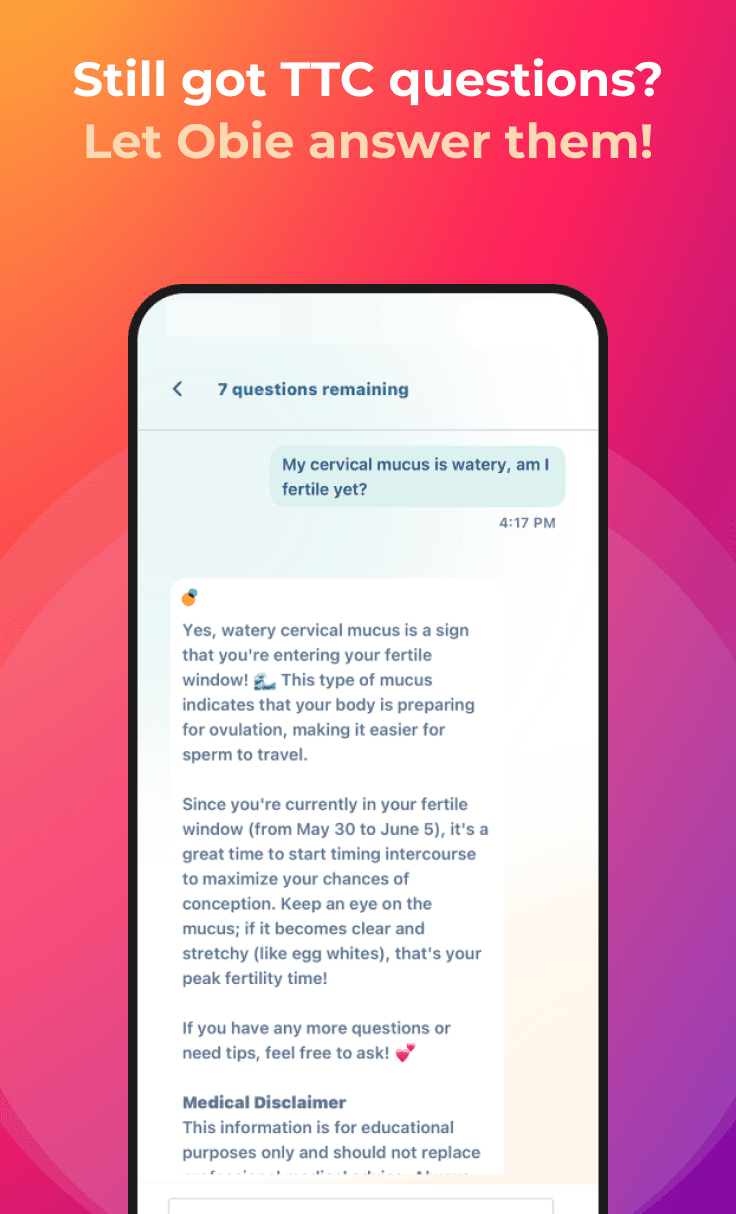Actual Costs of Fertility Treatments
Fertility and Infertility News
Obie Editorial Team
Demand for fertility treatments are rising but the cost may deter some couples. Up to 24 percent of couples have trouble conceiving a baby. Rates of infertility, which is a couple’s inability to become pregnant after unprotected sex for one year, range anywhere from 6 to 24 percent. Many of these individuals – 12 percent of women and 8 to 18 percent of men – seek infertility care at some time in their lives.
Many of these couples do not have insurance to cover the costs of fertility treatments and cannot afford to pay for it themselves. Other factors, such as socioeconomic status, can negatively influence the success of these treatments; repeated attempts at conception are very costly. The lack of comprehensive insurance coverage for fertility treatments in the United States compounds these problems.
Demand for assisted reproductive technology, or ART, has doubled in the past decade, according to the Centers for Disease Control and Prevention. While these treatments are effective, the fear of high costs prohibits some couples from pursuing care for infertility.
In a new study, University of California-San Francisco scientists wanted to explore the true costs of fertility treatments. The researchers recruited couples receiving care from eight reproductive endocrinology clinics. The researchers followed the couples for 18 months; 332 couples kept diaries of out-of-pocket expenses for reproductive care, such as clinic visits, medications, and miscellaneous expenses. The 332 couples also provided data on treatments and outcomes.
Overall, the average out-of-pocket cost was around $5,338. Couples using medications only paid the lowest price for fertility treatments at $912. Couples who had to address male infertility paid about $9,404 more than did couples with female infertility alone. Couples without insurance paid $2,152 more than couples with insurance.
About 55 percent of the couples underwent IVF treatments; a large number of these couples had a combined income greater than $100,000. Those who used IVF had the highest out-of-pocket cost at $19,234.
The authors published their findings in the Journal of Urology to provide information to couples seeking care and to the fertility specialists who counsel them.
Sources:
- "What Is Assisted Reproductive Technology?" Centers for Disease Control and Prevention. 27 Nov. 2013. Web. 21 Dec. 2013.
- Wu, Alex K. "Out-of-Pocket Fertility Patient Expense: Data from a Multicenter Prospective Infertility Cohort." The Journal of Urology. American Urological Association, 9 Sept. 2013. Web. 21 Dec. 2013.








